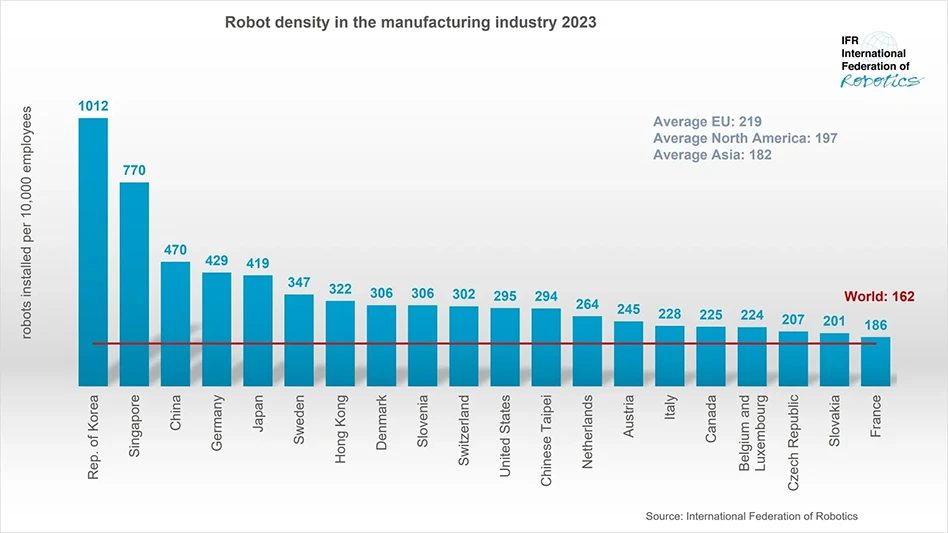
GRAPHICS COURTESY OF SABIC
According to the World Health Organization, healthcare-associated infections (HAIs) are the most frequent adverse event in care delivery worldwide. COVID-19 has prompted hospitals and clinics to increase protections against infection on top of the stringent sterilization and disinfection protocols already in place. Complicating this ongoing effort are the wide range of surface materials to be cleaned, more-frequent disinfection, and the use of harsh chemicals, which may be incompatible with traditional plastics.
Acrylonitrile-butadiene-styrene (ABS) and polycarbonate (PC) resins were traditionally used for medical device housings and enclosures. Chemical resistance became an issue, and components made with these materials started to fail from environmental stress cracking (ESC). So, manufacturers began replacing ABS and PC with blends of PC and ABS or polybutylene terephthalate (PBT).
Read the full article now!
Latest from Today's Medical Developments
- Patent granted for Dymax's HLC technology
- Prima Power’s Platino Linear laser machine
- IMTS 2024 Booth Tour: Rollomatic
- Norman Noble secures ISO 13485:2016 recertification
- Nano Dimension’s Exa 250vx DLP 3D printer for micro applications
- IMTS 2024 Booth Tour: Rösler Metal Finishing
- Demand for machine tools in Germany has stalled; short-time work increasing again
- Don’t miss the latest in today's vision systems





